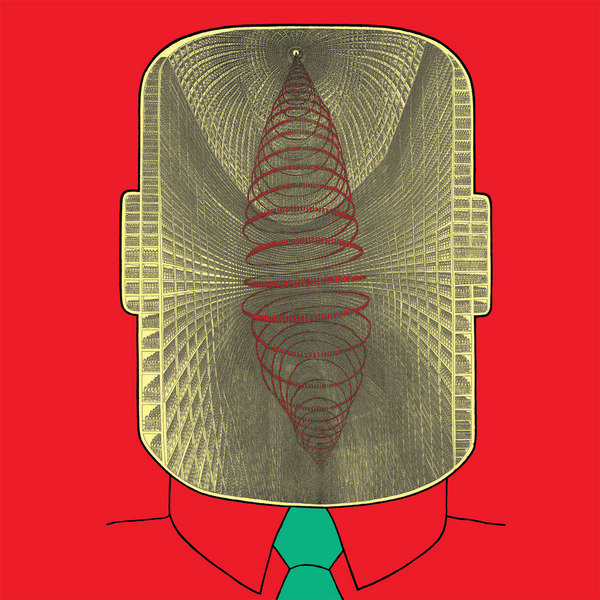Hariton Pushwagner
dal 26/6/2012 al 1/9/2012
Segnalato da
26/6/2012
Hariton Pushwagner
MK Gallery, Milton Keynes
Pushwagner: Soft City. The graphic novel is an epic satire of capitalism and life in the modern metropolis, produced intermittently in Oslo and London between 1969 and 1976.

This summer, MK Gallery presents Pushwagner: Soft City (28 June – 2 September 2012), the first solo exhibition outside Norway by the visionary artist Hariton Pushwagner (born Oslo, 1940). Since the recent discovery of his work, Pushwagner has become a celebrity in his home nation, appearing regularly in newspaper headlines and television talk shows, renowned for his homelessness and hedonistic lifestyle, and compared to a modern day Edvard Munch.
Pushwagner’s defining creation is the graphic novel ‘Soft City’, an epic satire of capitalism and life in the modern metropolis, produced intermittently in Oslo and London between 1969 and 1976. His work also takes the form of intricate and obsessively detailed paintings, presenting a personal mythology of a world under perpetual siege from pollution, totalitarianism and mass destruction.
At MK Gallery a tightly focussed presentation of Pushwagner’s early work will be shown in three distinct groupings; Soft City, Family of Man and Apocalypse Frieze. In addition, Pushwagner’s design for an enormous Pop Art inspired mouth will be realised in the form of a mural surrounding MK Gallery’s main entrance. Visitors will have to step onto its projecting tongue and enter the cavernous mouth to reach the exhibition beyond.
The 154-page graphic novel Soft City provides an account of mechanical, daily life in a dehumanized, dystopian modern city. Completed in 1976, the humdrum lives of Pushwagner’s characters allude to George Gurdjieff’s descriptions of people in a state of ‘waking sleep’. The menacing controller in charge of life in Soft City and the pills the family swallows on a daily basis evoke Aldous Huxley’s ‘Brave New World’ (1932).
The Family of Man section focuses on Pushwagner’s series of thirty-four silkscreen prints produced in the 1980s; these enlarged variations on Soft City, printed with a gaudy pink colouring, will be exhibited alongside the Oblidor Guide Book, a sketchbook that reveals the artist’s working process. While charting the transition of his work from the book format to the wall, the obsessive repetition and endless reworking of almost identical images reveal Pushwagner’s interest in mass production, mass distribution and making his work available to broad audiences.
The Apocalypse Frieze, rife with literary allusion and piercing social commentary, comprises seven large-scale works of meticulous detail: Heptashinok, 1986; Dadadata, 1987; Gigaton, 1988; Jobkill, 1990; Oblidor, 1991; Klaxton, 1991 and Self- Portait 1993. It shows endless processions of haggard figures, doggedly advancing towards Armageddon, where factories double up as death camps and the ravages of war are perpetuated under the watchful eye of robotic men in suits. These works (shown for the first time as the artist intended) will be grouped in the style of Jan Van Eyck’s Ghent Altarpiece of 1432. Self-Portrait suggests that the artist’s mind is spiralling out of control, as the watchful eyes of thousands of female nudes witness faceless automata marching down the vortex to oblivion. The Apocalypse Frieze will be presented alongside early sketches made in homage to artistic figures from Hieronymous Bosch to Vincent Van Gogh.
Following its presentation in Milton Keynes, the exhibition will tour to Haugar Vestfold Kunstmuseum, Norway, and Museum Boijmans Van Beuningen, in the Netherlands.
MK Gallery’s Pushwagner exhibition coincides with the exhibition Edvard Munch: The Modern Eye at Tate Modern (28 June – 14 October). The Pushwagner exhibition will be complemented at MK Gallery by a substantial Norwegian Season of video, music and performance events with around fifty Norwegian artists and curators.
About the Artist
Hariton Pushwagner (Terje Brofos) was born in Oslo in 1940 and is a celebrity in Norway. He is in many senses a modern day Edvard Munch, a visionary artist from the existentialist mould. He was educated at the National Academy of Fine Art and the School of Arts and Crafts in Oslo (1958-66), and at the Cité Internationale des Arts Paris. His international breakthrough came in 2008 when the original drawings of his visual novel Soft City were exhibited at the Berlin Biennale of Contemporary Art.
Publication
A substantial monograph on Pushwagner will accompany the exhibition. It includes commissioned texts from Lars Bang Larsen, Martin Herbert, Natalie O’Donnell, Will Bradley and Peter Mæjlender. Published by Art / Books. ISBN: 978-1-908970-00-8.
Supporters
The Pushwagner exhibition has been generously supported by Fritt Ord (The Freedom of Expression Foundation, Norway), Norsk Kulturrad (Norwegian Arts Council), OCA (Office for Contemporary Art Norway) and The Royal Norwegian Embassy, London.
MK Gallery Supporters
MK Gallery receives core funding from Milton Keynes Council and Arts Council England South East.
Image: Hariton Pushwagner, Self-portrait, 2002. Screenprint. Pushwagner Collection, Oslo. Copyright © 2012 the artist.
Press information
For press interviews, information or images please contact: Katharine Sorensen, Communications Director, MK Gallery.
T: +44 (0)1908 558318 / E: ksorensen@mkgallery.org
Preview: Wednesday 27 June from 6-10pm. It will include welcome speeches, live music, hog roast and an artistic intervention, in the presence of Pushwagner. All press and media welcome.
MK Gallery
900 Midsummer Boulevard, Central Milton Keynes, MK9 3QA.
Open Tuesday–Friday 12–8pm, Saturday 11am–8pm, Sunday 11am–5pm.
Admission is free



